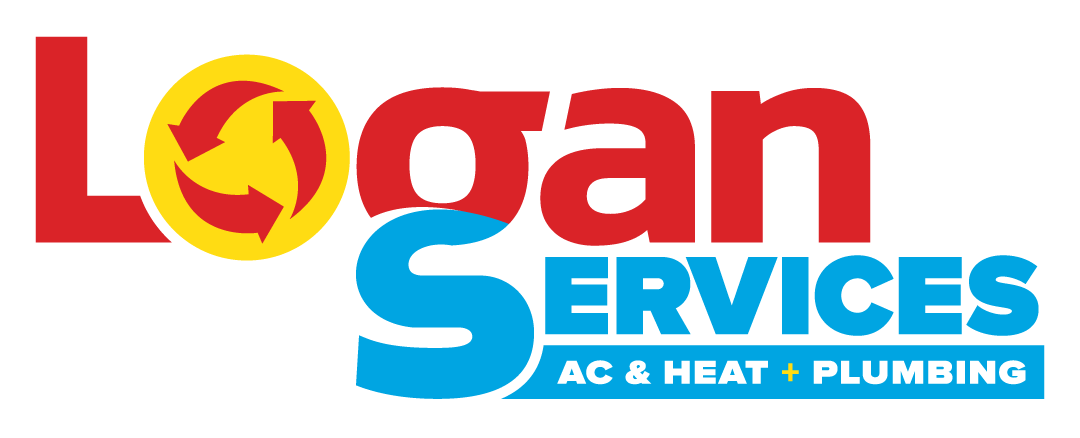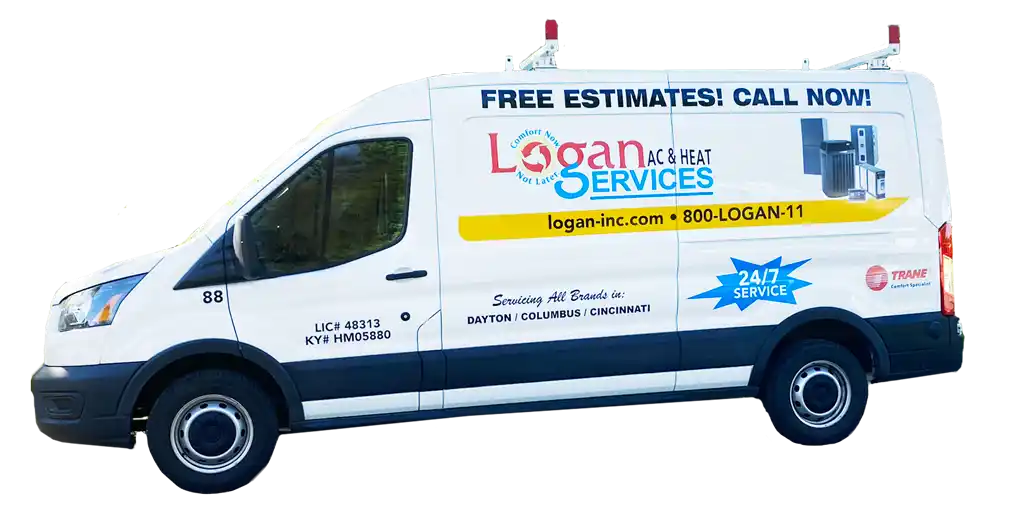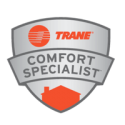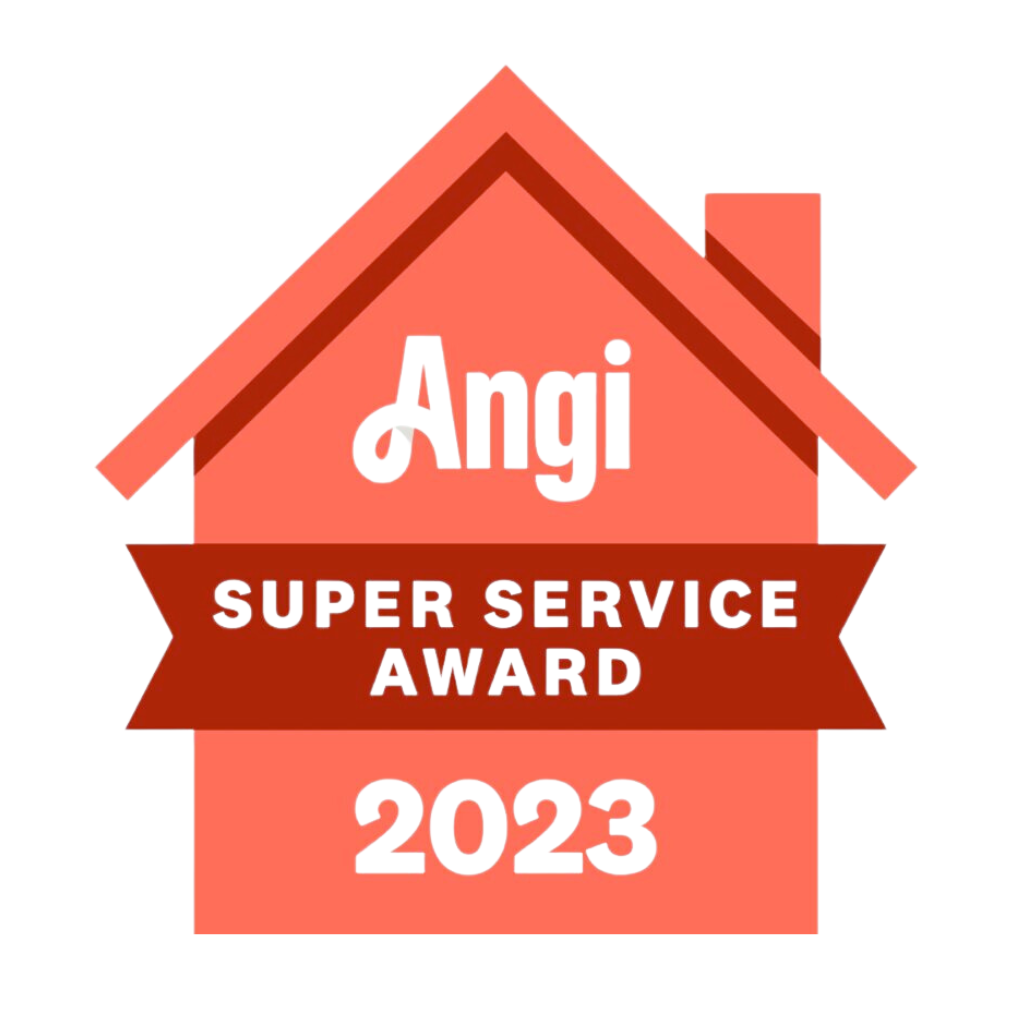The SEER2 Tax Credit is a valuable tool for homeowners looking to improve the energy efficiency of their homes. This tax credit incentivizes purchasing and installing energy-efficient equipment, encouraging homeowners to make environmentally-friendly choices while reducing their energy costs.
In this article, we’ll delve into the concept behind the credit, explore its eligibility requirements, outline the steps to claim the credit, and discuss its impact on homeowners and the environment. We’ll also address frequently asked questions about the credit and explore its future. Whether you’re considering upgrading your HVAC system or simply interested in learning more about energy efficiency, this article will provide all the information you need to understand and benefit from this valuable tax credit.
Understanding the SEER2 Tax Credit: Unveiling the Concept Behind It
The federal government developed the SEER2 tax credit to provide financial incentives for homeowners and businesses to invest in more energy-efficient appliances and HVAC systems. Eligible categories include central air conditioners, air source heat pumps, and heat pump water heaters that meet strict efficiency standards. The government aimed to motivate manufacturers to continue improving product efficiency over time by offering a tax credit. This benefits consumers by giving them access to more advanced, lower energy systems and rewarding those who purchase them. The SEER2 credit was meant to accelerate the adoption of high-efficiency technology to reduce energy consumption across the country.
Definition of SEER2 in Depth
SEER stands for Seasonal Energy Efficiency Ratio, and it is the key metric used for measuring the energy efficiency and performance of cooling systems like air conditioners and electric heat pumps. Specifically, SEER2represents the amount of cooling output generated over an entire season divided by the amount of electricity used over that same time period. So, it captures real-world conditions over an entire summer rather than just peak output. The higher the SEER2 rating, the more efficient the system is at converting electricity into BTUs of cooling. New central air conditioner systems are available today with SEER2 ratings from 13 up to 19 SEER or higher, for example. The SEER2 tax credit targets systems that meet elevated efficiency standards above typical models on the market.
The Important Philosophy and Goals Behind the SEER2 Tax Credit
The SEER2 tax credit was created primarily to empower and motivate consumers to make more environmentally-conscious purchases. When homeowners opt to install higher efficiency SEER2-certified central air conditioners, heat pumps or water heaters, they reap energy bill savings from the reduced electricity usage. But it also means less fossil fuel consumption by power plants and lower carbon emissions overall. So the SEER2 credit aims to incentivize greener and cleaner choices for the planet. Beyond the environmental impact, the goal was to accelerate the adoption of the latest energy-efficient technology to help reduce energy dependence and conserve natural resources. The credit makes these high-end systems more affordable today while helping bring down costs long-term through scaling up production.
How the SEER2 Credit Compares to Other Efficiency Incentives
The SEER2 tax credit differs from other energy efficiency credits by specifically targeting central air conditioning and heat pump systems, air source heat pumps, and heat pump water heaters that achieve elevated efficiency ratings. Separate tax credits are offered for other technologies like geothermal heat pumps, gas furnaces, windows, insulation, and more. However, the SEER2 credit exclusively applies to regulated categories of cooling systems and water heaters above typical efficiency levels. This helps focus incentives on accelerating the adoption of the newest high-efficiency air conditioning and heat pump products available on the market today.
Eligibility for Taking the Credit
Specific Equipment Qualifications
Not all HVAC systems are eligible to claim this benefit. For central air conditioners and air source HPs to qualify, they must have a SEER2 rating of 16 or more. Water heaters and heat pump water heaters must also have an Energy Star certification to be eligible.
Homeowner Requirements
Homeowners have certain responsibilities, too. To be eligible, the HVAC equipment must be installed in a primary residence. Rental properties, second homes, and commercial buildings do not qualify. Homeowners must retain all purchase and installation records as proof of purchase, in case of an audit.
How to Confirm Your Eligibility
Confirming your eligibility for this versatile tax credit involves checking your product against the list of qualifying HVAC equipment maintained by the Consortium for Energy Efficiency (CEE). You can also consult with a tax professional to ensure you meet all the requirements.
A Breakdown for Homeowners to Embrace Efficient and Sustainable Solutions; The Steps to Claim the Tax Credit
The Energy Star certification is not just about energy efficiency. The certification delivers financial benefits for homeowners and businesses. By combining various tax credits available for using energy-efficient central cooling units and heat pump systems, you can save money. Let’s delve into how you can claim this equipment tax credit.
Gathering Necessary Documentation
To claim the credit, you need to gather specific documents. Most importantly, you must have the Manufacturer’s Certification Statement for your air source heat pump or central cooling system. This statement is proof that your product qualifies for the tax credit because of its energy efficiency.
Understanding the Tax Forms
The next step is to fill out the necessary tax forms, primarily IRS Form 5695. This form covers tax credits for energy-efficient home improvements, including qualifying Energy Star systems, such as gas furnaces, central cooling systems, air source heat pumps, water heaters, heat pump water heaters, and even geothermal heat pumps.
Claiming the Credit on Your Income Tax
The final step to claim your tax credit involves reporting the credit on your income tax return. Make sure to include the credit amount on Form 5695 in the credits section of your tax return.
The Impact of the Credit on Homeowners and the Environment
This heating and cooling equipment purchasing credit is not merely a tool for saving money. It serves a greater purpose in terms of energy efficiency, environmental sustainability, and growth of the HVAC industry.
Reducing Energy Costs for Homeowners
First and foremost, this equipment purchase helps reduce energy costs for homeowners. By switching to split systems, water heaters, and centralized cooling systems that meet the Energy Star standard, homeowners can save on their monthly utility bills.
Encouraging Green Practices and Environmental Sustainability
Moreover, the tax credit encourages homeowners to embrace green practices and invest in products that uphold environmental sustainability. Energy-efficient products lower emissions, thus reducing the overall impact on our planet.
Stimulating the Economy and the HVAC Industry
The special tax credit also gives a much-needed stimulus to the economy, particularly the HVAC industry. By enticing homeowners to invest in energy-efficient products, it fuels demand, leading to growth and job creation within the industry. Another benefit is that it brings forward the necessary adaptation of renewable technologies.
FAQs About the Tax Credit
Eager to know more about this valuable tax benefit? You’ve come to the right place! We’re here to elaborate on the ins and outs of this useful incentive. Let’s dive in!
What’s the Influence of the Tax Credit on Tax Liability?
The tax credit for qualifying energy efficient systems like Energy Star heat pumps, AC units, and water heaters can significantly reduce your tax liability. Installing these high-efficiency models saves on energy bills. You also get a tax break – it’s a win-win. For example, heat pump water heaters qualify for a credit under the SEER2 provision. By going energy efficient, you lower utility costs and reduce your overall tax burden.
Can the Credit be Carried Forward if it Exceeds Tax Liability?
If your equipment tax credit exceeds your tax liability, you can possibly carry the remainder forward to the next year (Check with your accountant). For example, if you have a $2,000 liability but qualify for a $3,000 credit, you can eliminate your liability for the current year and carry the extra $1,000 credit forward to the next tax year. This applies to credits for air source heat pumps, water heaters, energy-efficient HVAC systems, and more.
The Future of the Tax Credit: Will There Be Extensions?
Many homeowners wonder if the tax credit will be extended in the future. Experts say it’s likely, as the government aims to motivate energy efficiency and lower carbon emissions. Recently expanded to geothermal heat pumps, the credit encourages homeowners to install systems like air conditioners, water heaters, and heat pumps that cut energy use and environmental impact. The intention is clear – continue promoting energy efficiency through financial incentives.




















